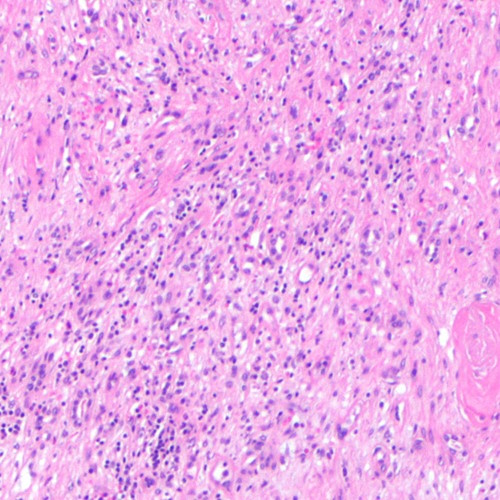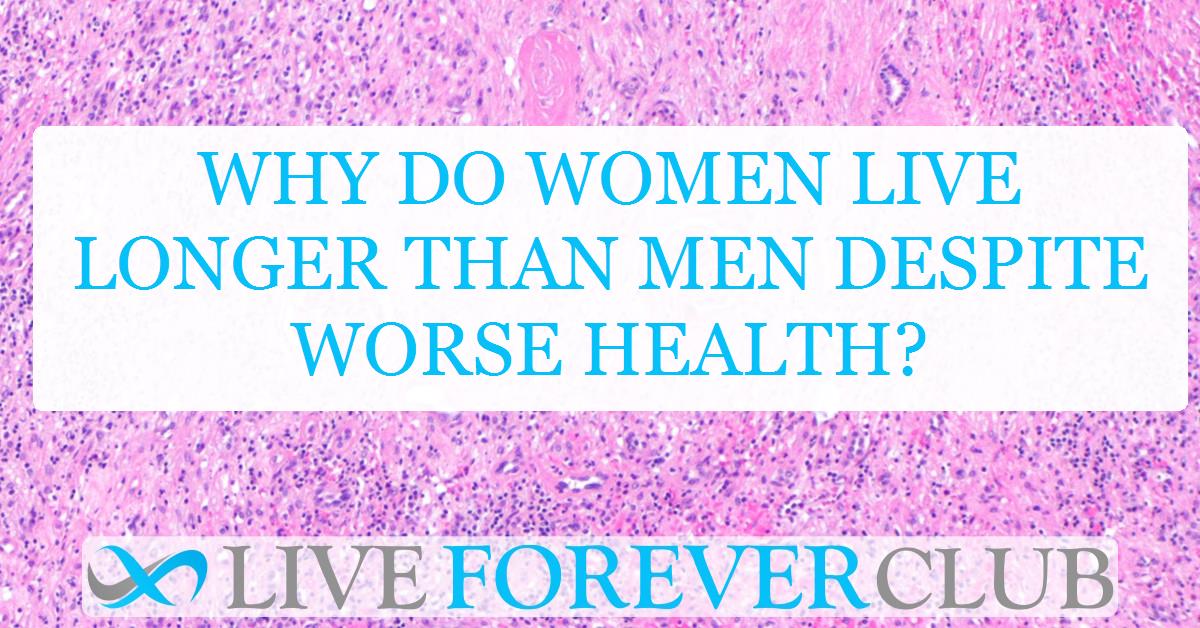Ageing is a universal process marked by significant diversity in how individuals experience it. The concept of the "sex-frailty paradox" is an intriguing phenomenon that delves into how men and women age differently, both biologically and socially. This paradox highlights that women, despite showing worse health statuses and higher rates of frailty, tend to outlive men. The biological roots of this paradox, as explored in a recent review, illuminate fascinating pathways that connect ageing, frailty, and neurodegenerative diseases, emphasizing the need for a gender-specific lens in geroscience research.
Understanding Ageing Through the Lens of Frailty
Ageing is not merely the passage of time but a dynamic process requiring continuous adaptation to internal and external stimuli. Chronological age—the number of years lived—often diverges significantly from biological age, which reflects the physiological state of tissues and cells. This discrepancy becomes particularly relevant when examining frailty, a condition characterized by reduced resilience to stressors and increased vulnerability to adverse health outcomes.
Frailty serves as a window into understanding biological ageing. Interestingly, studies have shown that frailty manifests differently in men and women. While men are more likely to develop life-threatening chronic conditions, women tend to experience non-life-threatening but debilitating conditions such as fractures, depression, and dementia. These differences underscore the complexity of ageing trajectories and pave the way for exploring the biological underpinnings of the sex-frailty paradox.
Sex-Frailty Paradox
The sex-frailty paradox refers to the observation that women, despite being frailer and experiencing worse health outcomes, tend to live longer than men. This paradox has its roots in various biological, behavioral, and social factors. For instance, women exhibit higher levels of chronic morbidity but lower mortality rates compared to men. This could be attributed to women’s higher sensitivity to physical discomfort, leading them to seek medical care more frequently, and their robust social support networks, which enhance coping mechanisms.
Inflamm-Ageing: A Key Player in Frailty and Ageing
One of the central mechanisms linking ageing and frailty is “inflamm-aging,” a chronic, low-grade inflammatory state associated with age. This phenomenon plays a pivotal role in age-related diseases, including cardiovascular conditions, neurodegenerative disorders, and metabolic syndromes. Interestingly, inflamm-aging progresses at different rates in men and women, contributing to sex-specific ageing trajectories.
In women, inflamm-ageing has been linked to neuroinflammation, a process implicated in Alzheimer’s disease (AD). Women are disproportionately affected by AD, accounting for two-thirds of all cases. This disparity persists even after adjusting for women’s longer lifespans, pointing to unique biological vulnerabilities. Factors such as estrogen’s protective role in neural functions and its decline post-menopause may exacerbate these vulnerabilities, emphasizing the interplay between sex hormones and inflamm-aging.
Biological Roots of the Sex-Frailty Paradox
Genetic and Hormonal Influences
Genetic factors, such as the presence of an additional X chromosome in women, provide a survival advantage by encoding immune-related genes. In contrast, the Y chromosome in men harbors genes associated with pro-inflammatory pathways, potentially accelerating immune senescence and frailty. Hormonal differences further amplify these disparities. Estrogen, for instance, has anti-inflammatory properties and protects against cardiovascular diseases, while testosterone’s effects on growth hormone can predispose men to conditions like cardiac hypertrophy.
Immune System Differences
The immune system’s ageing trajectory also differs between sexes. Women exhibit stronger immune responses, characterized by higher levels of circulating inflammatory mediators like interleukin-6 (IL-6). While this robust immune response helps women combat infections, it also predisposes them to autoimmune conditions and chronic inflammation, contributing to frailty. Men, on the other hand, experience a more rapid decline in immune function, leading to higher mortality rates from infectious diseases and other immune-related conditions.
Sarcopenia and Physical Frailty
Sarcopenia, the age-related decline in muscle mass and strength, is another critical contributor to frailty. Women are more prone to sarcopenia due to hormonal changes during menopause, which disrupt muscle metabolism and inflammatory pathways. Higher levels of abdominal adiposity in women also contribute to chronic inflammation, exacerbating physical frailty. These factors highlight the interconnectedness of metabolic, hormonal, and inflammatory pathways in shaping frailty profiles.
Role of Neuroinflammation in Cognitive Decline
Neuroinflammation, a hallmark of many neurodegenerative diseases, emerges as a significant factor in the sex-frailty paradox. Inflamm-ageing contributes to the activation of microglial cells in the brain, which produce inflammatory mediators like cytokines and chemokines. This process is more pronounced in women, making their brains more susceptible to injury and neurodegeneration.
In Alzheimer’s disease, sex-specific differences in microglial activity have been observed. Women’s microglial cells exhibit heightened activation, leading to greater susceptibility to amyloid-β aggregation and tau pathology. This sex-specific vulnerability underscores the need for targeted therapeutic strategies that address these underlying biological mechanisms.
Geroscience and the Future of Ageing Research
The geroscience paradigm offers a holistic framework to study ageing by linking biological processes to chronic diseases. This approach emphasizes the identification of biomarkers that capture biological age, providing insights into an individual’s susceptibility to age-related conditions. Incorporating sex-specific perspectives into geroscience research is crucial to unraveling the complex interplay of genetic, hormonal, and environmental factors that drive the sex-frailty paradox.
Biomarkers and Biological Age
Biomarkers, such as telomere length and circulating inflammatory mediators, have been instrumental in understanding biological ageing. Studies have shown that men’s telomeres shorten more rapidly than women’s, correlating with their higher mortality rates. Epigenetic clocks, which measure DNA methylation patterns, also reveal sex-specific differences in biological age, with men exhibiting faster epigenetic ageing.
Practical Implications and Future Directions
Understanding the biological roots of the sex-frailty paradox has profound implications for healthcare and policy. Gender-specific interventions, such as personalized medical treatments and lifestyle modifications, can help mitigate frailty and enhance quality of life in ageing populations. Moreover, integrating social and behavioral factors into clinical evaluations can provide a more comprehensive understanding of individual ageing trajectories.
Towards Precision Medicine
The development of precision medicine strategies tailored to men and women’s unique biological profiles holds promise for addressing frailty and age-related diseases. For instance, hormone replacement therapies could be optimized to address women’s vulnerabilities to neurodegeneration, while anti-inflammatory interventions could target men’s heightened susceptibility to immune senescence.
Enhancing Resilience
Promoting resilience, the ability to adapt to stress and maintain function, is another critical avenue for intervention. Strategies such as physical exercise, cognitive training, and dietary modifications have shown promise in enhancing resilience and reducing frailty. Understanding the sex-specific mechanisms that underpin resilience can further refine these interventions.
Conclusion
The sex-frailty paradox offers a unique lens to explore the intricate dynamics of ageing. By delving into the biological, genetic, and hormonal factors that shape frailty and longevity, researchers can uncover new pathways to promote healthy ageing. Integrating gender-specific perspectives into geroscience research and clinical practice is essential to addressing the unique challenges faced by ageing men and women. As the global population continues to age, these insights will be invaluable in shaping a future where everyone can age with dignity and vitality.
The study is published in the journal Experimental Gerontology. It was led by Beatrice Arosio from University of Milan.





